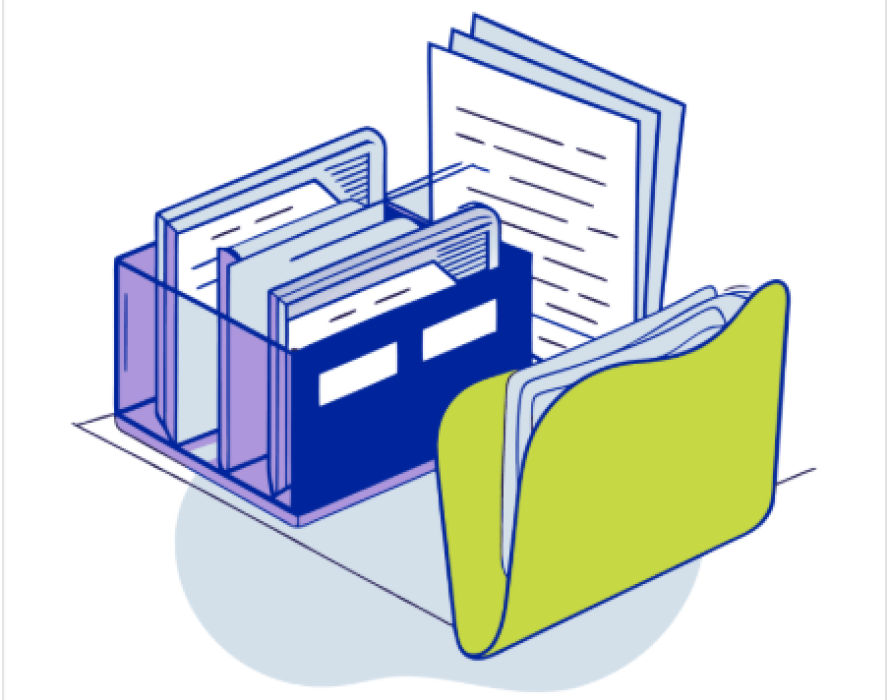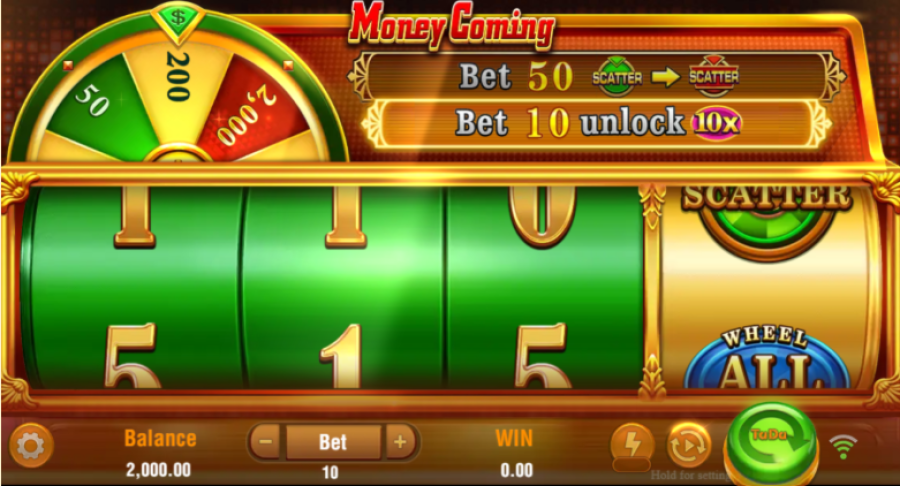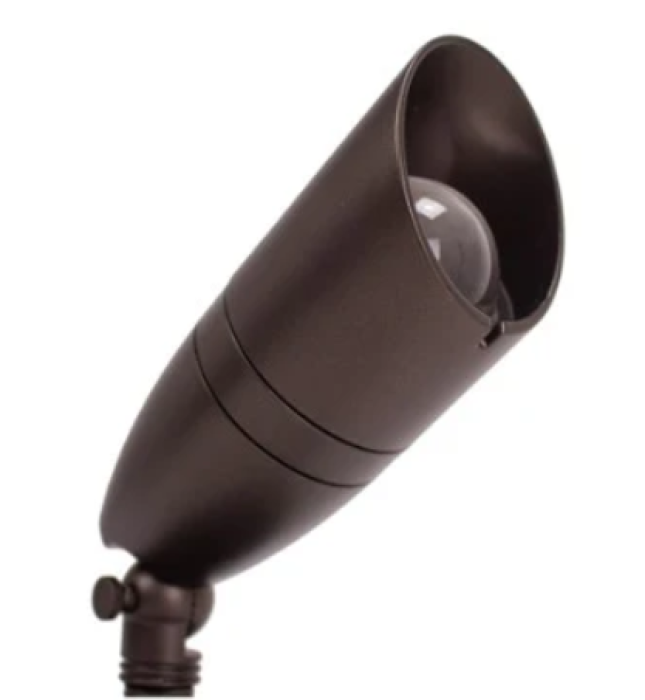Introduction
Chronic over-use injuries such as plantar fasciitis, lateral epicondylitis (tennis elbow) and patellar tendinopathy (jumper’s knee) account for up to 30 % of all musculoskeletal complaints seen by family physicians and sports clinicians.¹ Persistent pain, sleep disturbance and loss of training time often accompany these conditions, while corticosteroid injections or long-term non-steroidal anti-inflammatory drugs (NSAIDs) carry well-known risks. Because most tendons have a notoriously poor intrinsic blood supply, purely passive rest seldom yields lasting relief. This therapeutic gap has steered doctors and physiotherapists toward extracorporeal shockwave therapy (ESWT) – a non-invasive modality that delivers high-energy acoustic pulses to dysfunctional tissue. In 2024 ESWT entered several international guidelines as a first-line or second-line option for recalcitrant soft-tissue disorders, highlighting a growing demand for evidence-based, drug-free solutions that can be offered directly in primary care.
How
Shockwaves Work – From Mechanotransduction to Micro-Revascularisation
Unlike therapeutic ultrasound, shockwaves are
characterised by a steep pressure gradient (< 10 ns rise time) followed by a
negative tensile phase. Two synergistic mechanisms drive the biological effect:
1. Mechanotransduction. The sudden
mechanical stress produces controlled micro-trauma, up-regulating growth
factors such as TGF-β1, eNOS and VEGF. Fibroblasts increase collagen I
synthesis while inflammatory neuropeptides (e.g. substance P) are
down-regulated, kick-starting a regenerative cascade.²
2. Neovascularisation. Cavitation
bubbles collapse at the tendon–bone interface, releasing local shear forces
that stimulate angiogenesis. A 2022 review by Zeng et al. reported a 34 % rise
in micro-vascular density within four weeks after focused ESWT in animal
models, correlating strongly with pain reduction.³ A second meta-analysis from
2024 (Moya et al.) confirmed similar histological findings in human biopsy
samples taken during Achilles reconstruction.⁴
Together these effects explain why shockwave outcomes often exceed those of injections or passive physiotherapy, even when absolute energy levels are relatively low.
What
the Latest Randomised Trials Show (2019 – 2024)
Over the past five years more than 20 RCTs and
seven pooled analyses have strengthened the evidence base:
·
Wu et al.,
2020 (32 RCTs, 1 779 pts). Mean Visual Analogue Scale (VAS) pain
scores fell by 64 % at
12 weeks; Roles & Maudsley scores improved by 72 % in plantar fasciitis. Suggested dose: 0.12 –
0.25 mJ/mm², 2 000 impulses, weekly × 3.
·
Panagiotopoulos
et al., 2021 (network meta-analysis, 15 RCTs). ESWT ranked first
for functional gain in patellar tendinopathy versus platelet-rich plasma and
eccentric loading.
·
Clermont-Ferri
et al., 2023 (Achilles, 9 RCTs). Number-needed-to-treat = 2.9 for
≥50 % pain relief at six months; no serious adverse events reported.
·
Kraus et
al., 2024 (tennis elbow, 412 pts). Focused ESWT plus eccentric
exercise yielded a 67 % greater
grip-strength gain than exercise alone (p < 0.001).
Across studies, optimal protocols cluster around 2 000–3 500 impulses per session, 3–5 sessions at one-week intervals, with energy-flux density adjusted to patient tolerance (radial 1.5–3.0 bar; focused 0.10–0.25 mJ/mm²).
Munich
Case Report – Dr Brockmann’s Primary-Care Protocol
At the Hausarztpraxis am Romanplatz in
Munich-Neuhausen, family physician Dr Gernot Brockmann has integrated ESWT into
routine care since 2021. Using a Storz
Medical Masterpuls MP200 platform outfitted with both radial and
focused hand-pieces, the clinic follows a pragmatic three-session algorithm:
|
Parameter |
Radial head |
Focused head |
|
Impulses
/ session |
3
000 |
2
000 |
|
Pressure
/ EFD |
2.5
bar |
0.18
mJ/mm² |
|
Frequency |
10
Hz |
4
Hz |
|
Interval |
7
days |
7
days |
Indications
& outcomes (audit 2023-Q1 → 2024-Q4, n = 142):
·
Plantar
fasciitis (n = 58). Median VAS dropped from 7.2 → 2.1 at week 6;
81 % returned to unrestricted walking within eight weeks.
·
Tennis
elbow (n = 44). Pain-free grip improved by 10 kg; 73 %
recreational players resumed racket sports in ≤4 weeks.
·
Post-partum
heel pain (n = 15). Breast-feeding mothers reported 70 % pain
reduction without systemic analgesics.
No patient required downtime beyond the treatment day; transient erythema and mild bruising (<24 h) were the only side-effects. Dr Brockmann prefers radial ESWT for large, superficial areas (Achilles midsubstance, patellar tendon) and focused ESWT for deep or insertional lesions (proximal plantar fascia, epicondyle).
Who
Benefits Most? – Two Special Populations
Young
athletes. Amateur runners and footballers aged 16–35 often face
multi-week training bans with steroid injections. ESWT accelerates collagen
realignment without tendon weakening, allowing graded loading within days. A
cohort from Dr Brockmann’s audit achieved a full training schedule four weeks
sooner than matched controls treated with rest + NSAIDs alone.
Post-partum women. Hormonal laxity, changed gait mechanics and lifting an infant can provoke plantar fasciitis or De Quervain’s tenosynovitis. Because ESWT is drug-free and local, it poses no risk to lactation or neonatal liver metabolism. Mothers in the practice appreciate a 15-minute intervention over prolonged pill regimens.
Conclusion
& Call-to-Action
High-quality trials and real-world data now
converge on the same message: extracorporeal
shockwave therapy is a proven, rapid and safe option for stubborn tendon pain,
including scenarios where pharmaceuticals or injections are unwanted. By
combining modern devices with evidence-based dosing, primary-care clinics can
deliver specialist-level outcomes without hospital referral.
Curious whether ESWT could solve your heel,
elbow or knee pain? Explore the full protocol, pricing and appointment slots
for Shockwave Therapy in Munich or
contact the team at Hausarztpraxis
am Romanplatz for personalised advice.









